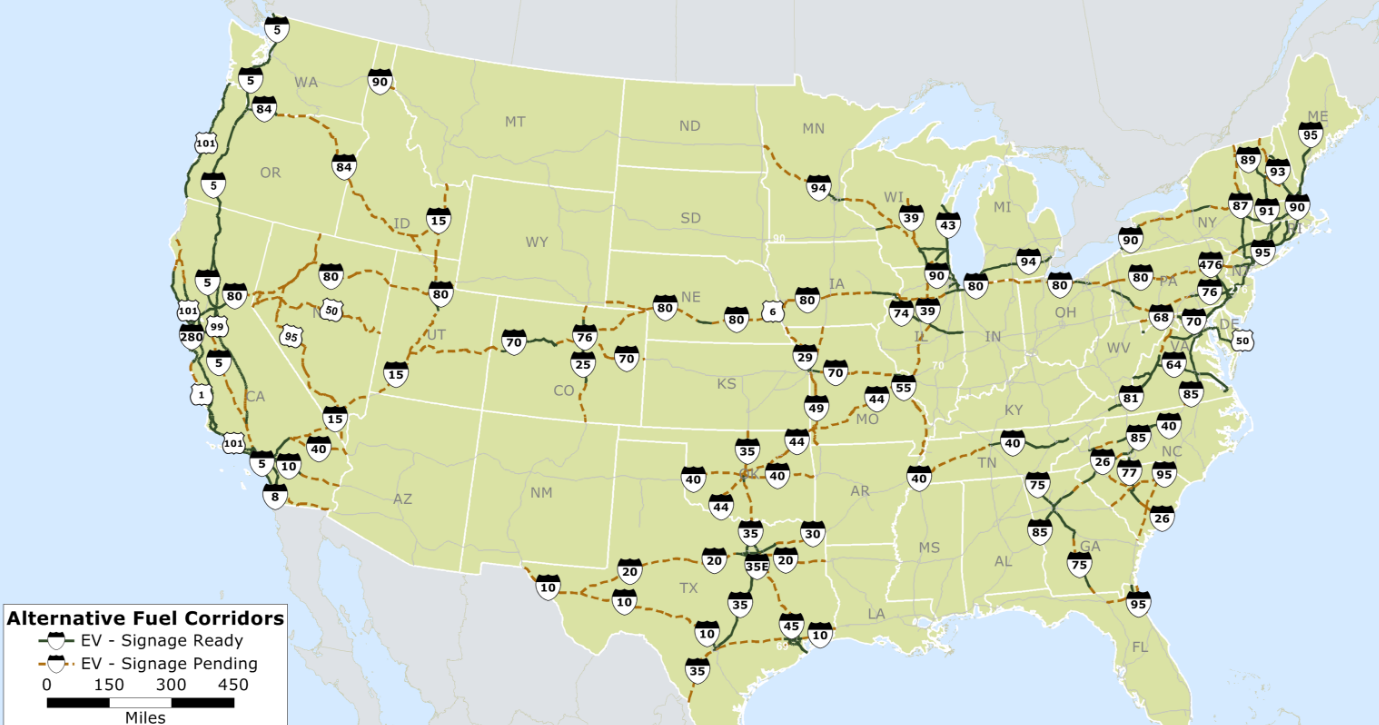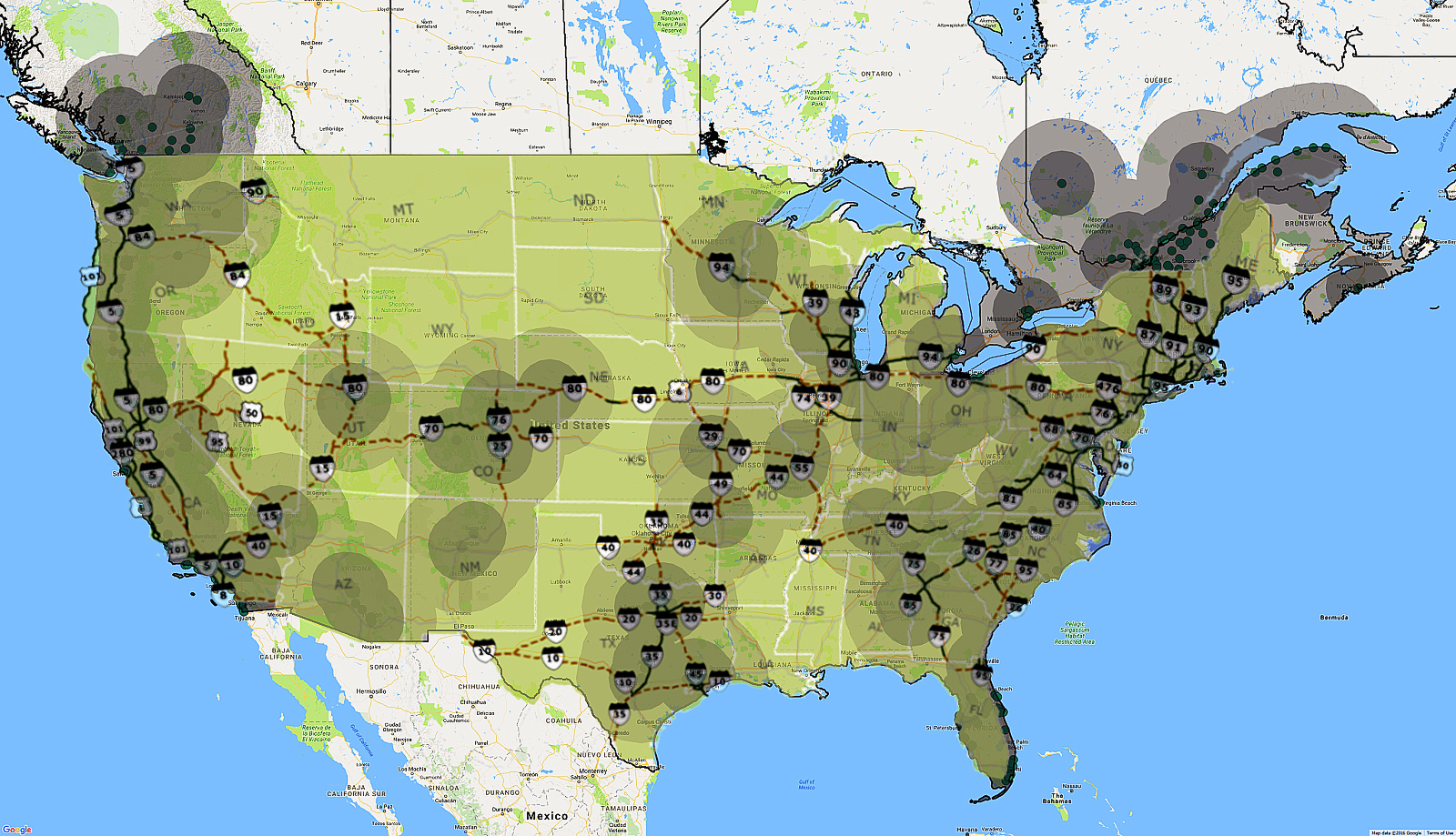Witness the power of open standards. Looks like the federal government is helping to kick start a nationwide EV charging network.
-------
The Obama Administration announced today a new series of initiatives to accelerate deployment of electric vehicles and charging infrastructure. The main announcement is the creation of 48 national EV charging corridors on 25,000 miles across 35 states.
The announcement follows another series of initiatives announced earlier this year by the White House to boost electric vehicle adoption in the US by unlocking $4.5 billion in investments.
With the new programs announced today, state and federal agencies will be working together to ensure that each of those corridors will be equipped with enough charging stations to support electric vehicle drivers.
In a press release, the White House said that “drivers can expect either existing or planned charging stations within every 50 miles.”
More here:
https://electrek.co/2016/11/03/white-house-ev-corridors-electric-vehicle-charging/
-------
The Obama Administration announced today a new series of initiatives to accelerate deployment of electric vehicles and charging infrastructure. The main announcement is the creation of 48 national EV charging corridors on 25,000 miles across 35 states.
The announcement follows another series of initiatives announced earlier this year by the White House to boost electric vehicle adoption in the US by unlocking $4.5 billion in investments.
With the new programs announced today, state and federal agencies will be working together to ensure that each of those corridors will be equipped with enough charging stations to support electric vehicle drivers.
In a press release, the White House said that “drivers can expect either existing or planned charging stations within every 50 miles.”
More here:
https://electrek.co/2016/11/03/white-house-ev-corridors-electric-vehicle-charging/


